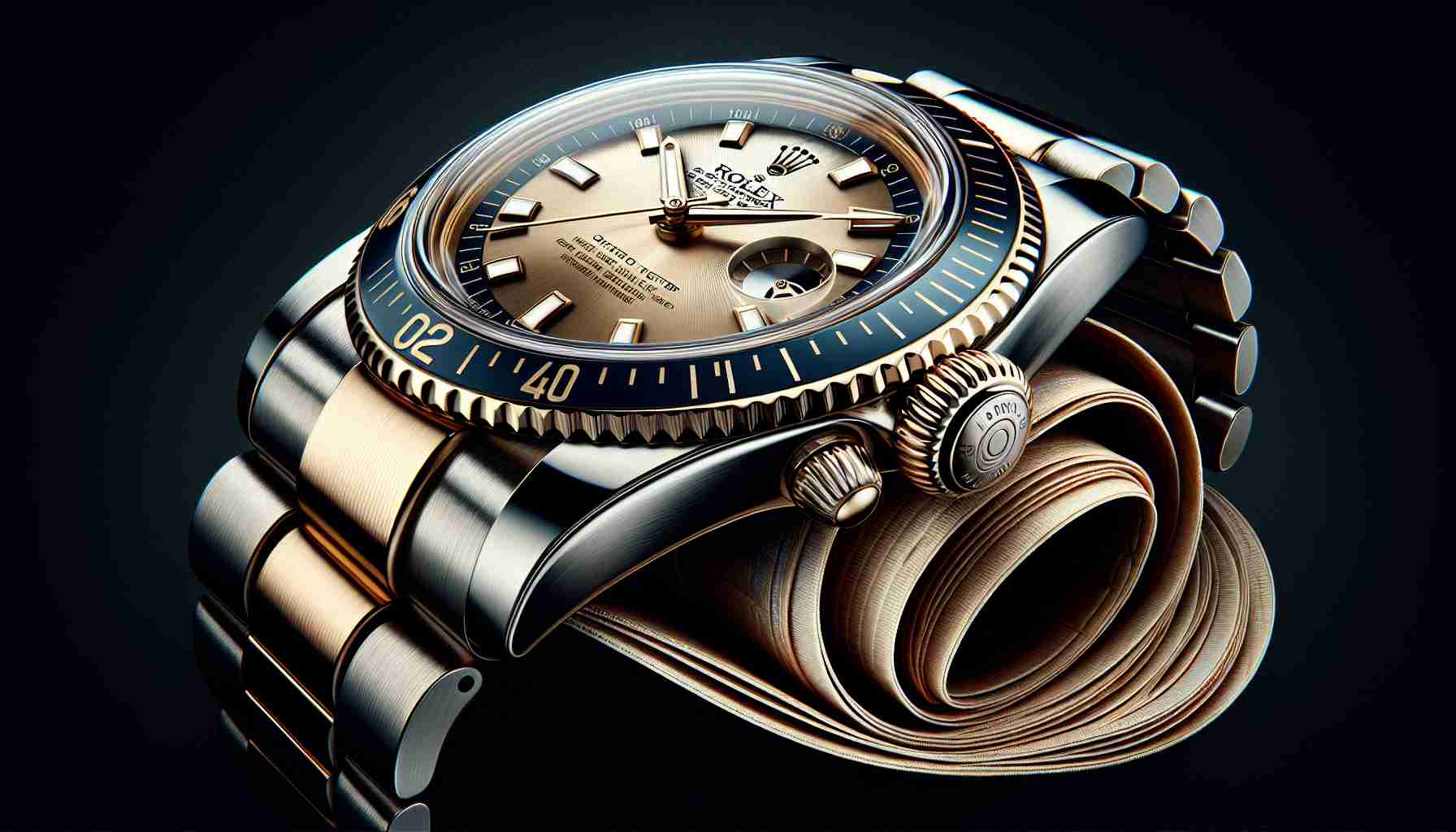From moisture-wicking fabrics to compression technology, advancements in sports and fitness wear are revolutionizing the way athletes and fitness enthusiasts experience performance apparel. Brands like Nike, Under Armour, and adidas are incorporating cutting-edge materials and features to enhance user comfort and satisfaction.
Utilizing technologies such as thermal fabric for warmth in cold conditions, compression fabrics to improve circulation, and reactive materials for impact protection, these brands are setting new standards in the industry. Consumers now have access to apparel that not only enhances their performance but also prioritizes comfort and sustainability.
The global sports and fitness wear market is being driven by these innovative trends that cater to a wide range of activities, from team sports to individual workouts. The demand for eco-friendly materials, like organic and recycled fabrics, is on the rise as consumers embrace active lifestyles while also being conscious of environmental impact.
As the market continues to evolve, the focus on product performance, comfort, and fashion will remain key factors influencing consumer choices. With advancements in technology and a growing emphasis on sustainable practices, the future of sports and fitness wear looks promising for both brands and consumers alike.
Innovations in Sports and Fitness Wear Technology: Exploring Future Trends
In the fast-paced world of sports and fitness wear, technological advancements continue to shape the landscape of performance apparel. While moisture-wicking fabrics and compression technology have already made their mark, there are several cutting-edge developments that are poised to redefine the industry.
What are some lesser-known advancements in sports and fitness wear technology?
One notable innovation gaining traction is the integration of smart textiles embedded with sensors that can monitor key performance metrics such as heart rate, muscle activity, and even hydration levels in real-time. These high-tech garments provide athletes with valuable insights to optimize their training routines and prevent injuries.
What are the key challenges associated with implementing these new technologies?
One of the primary challenges faced by brands is ensuring the seamless integration of electronics into clothing without compromising comfort or flexibility. Additionally, the reliability and durability of these smart fabrics under intense physical activity remain areas of ongoing research and development.
What advantages do these advancements offer to athletes and fitness enthusiasts?
The use of smart textiles not only enhances performance monitoring but also opens up possibilities for personalized training programs tailored to individual needs. Athletes can make data-driven decisions to improve their efficiency and reach peak performance levels while reducing the risk of overtraining.
Are there any disadvantages or controversies surrounding these innovations?
One concern raised by critics is the potential invasion of privacy, as wearable technology collects and transmits personal data. Addressing data security and privacy issues is crucial to gaining widespread acceptance among users who value the confidentiality of their health and fitness information.
As the sports and fitness wear market continues to evolve, the integration of smart textiles and digital technologies is expected to drive further growth and innovation. Brands that successfully navigate the challenges of balancing performance, comfort, and data privacy will likely lead the way in shaping the future of athletic apparel.
For more insights on the latest trends in sports and fitness wear technology, visit Sportstech.org to stay informed about the exciting developments in the industry.



















